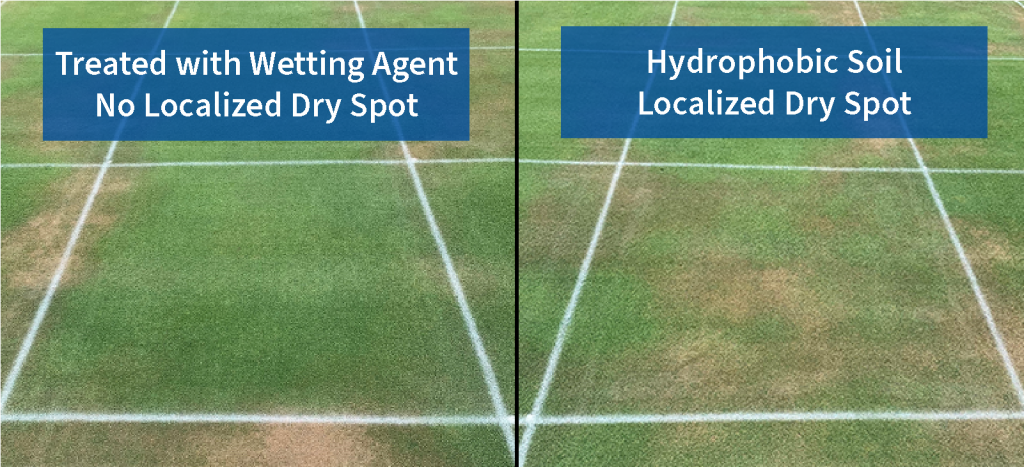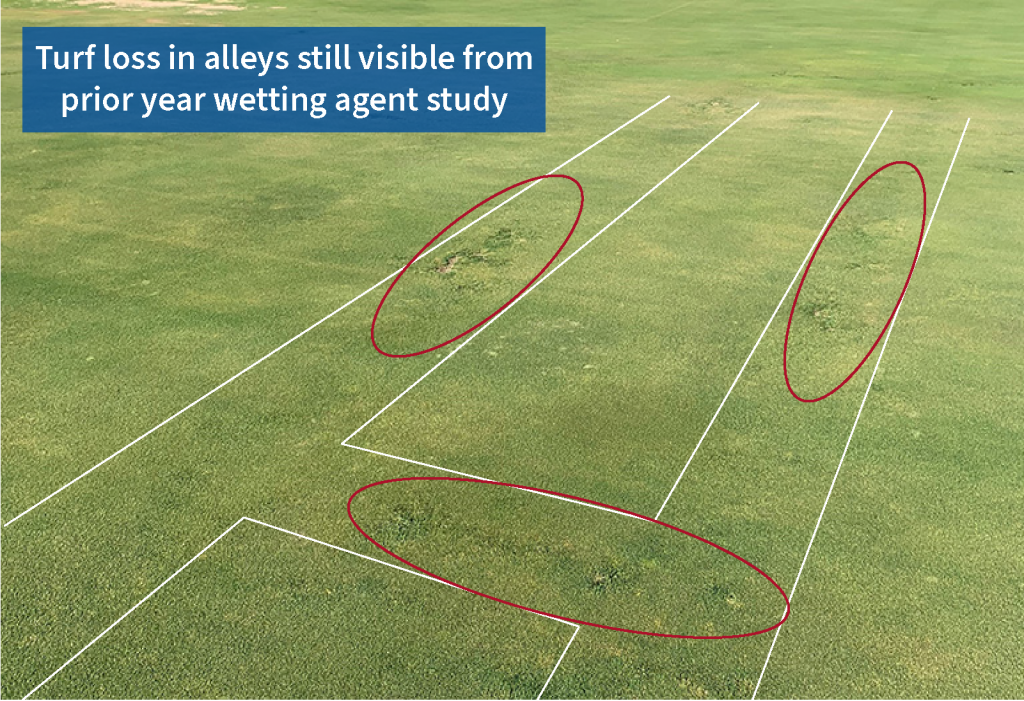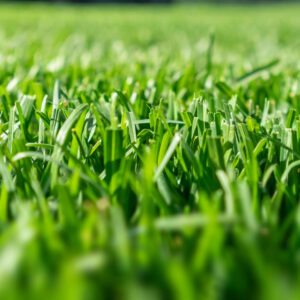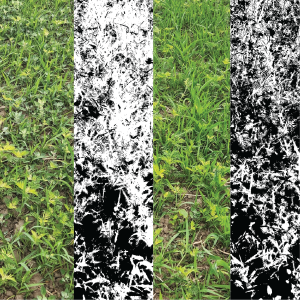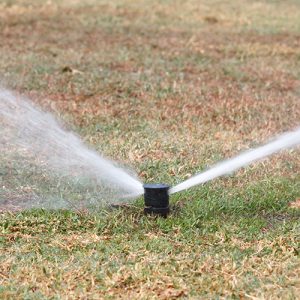
Cutting-Edge Perspectives: Mark Mahady
Wielding his 35 years of experience, Mark Mahady provides insight on irrigation and water conservation, turf and soil moisture management, wetting agents, surfactants, and other related topics in this edition of Cutting-Edge Perspectives.



